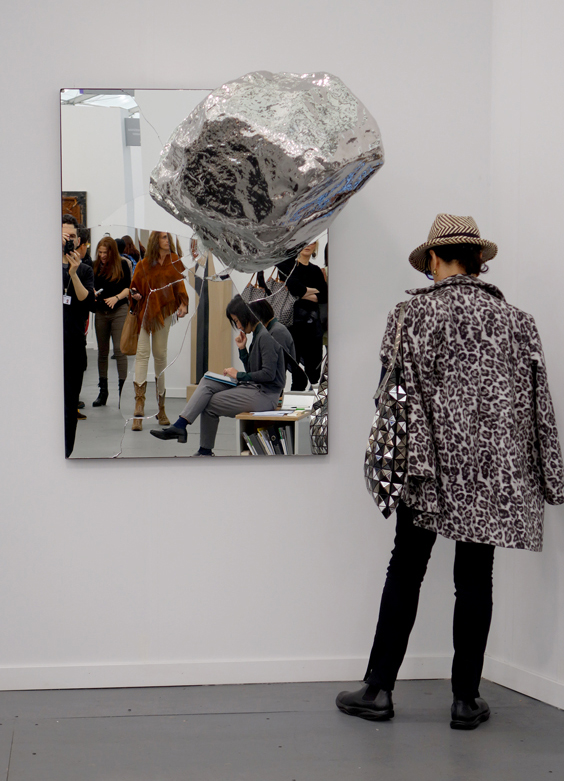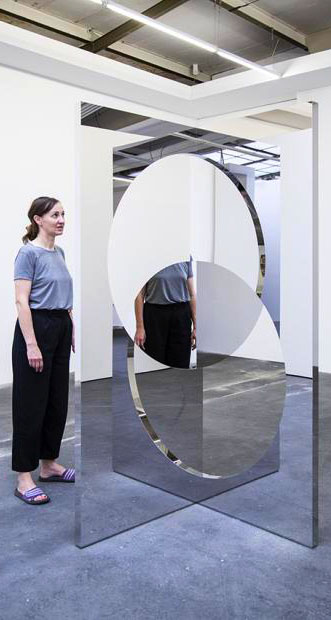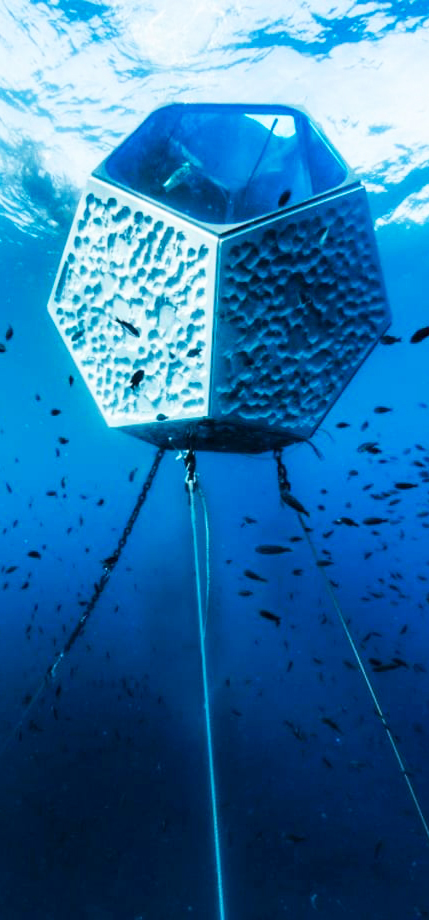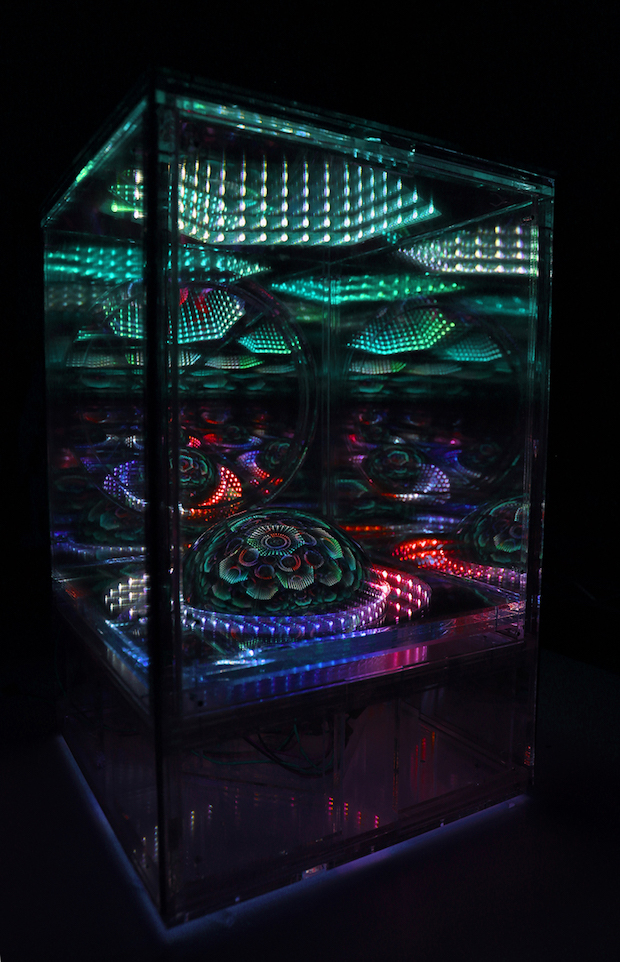
Circus Family
Triph
“When left alone with no audience, the object glows dimly as if it were asleep. Yet when visitors approach, the installation slowly comes back to life. Colour gradients pour into each shape, whilst mirrored surfaces start reflecting light – all to the orchestra of an encompassing soundscape. This project invites visitors to become part of something. An immersive light experience in which the audience directs the intensity, audio and colour palettes simply by approaching, moving around in and between the large geometric shapes of the installation. Truly, a merging of art, interaction design, sound, tech and vision. As visual architects, our aim with ‘TRIPH” is to demonstrate that a number of different techniques can be combined into a mix of unexpected shapes and materials, that in turn help to create a new truly unique way of experiencing a story. Both in daylight condition and at night. With our self-initiated work, we aim to find undiscovered methods of narrative, questioning the ways people discover and open themselves up to new conceptual work.” Circus Family




